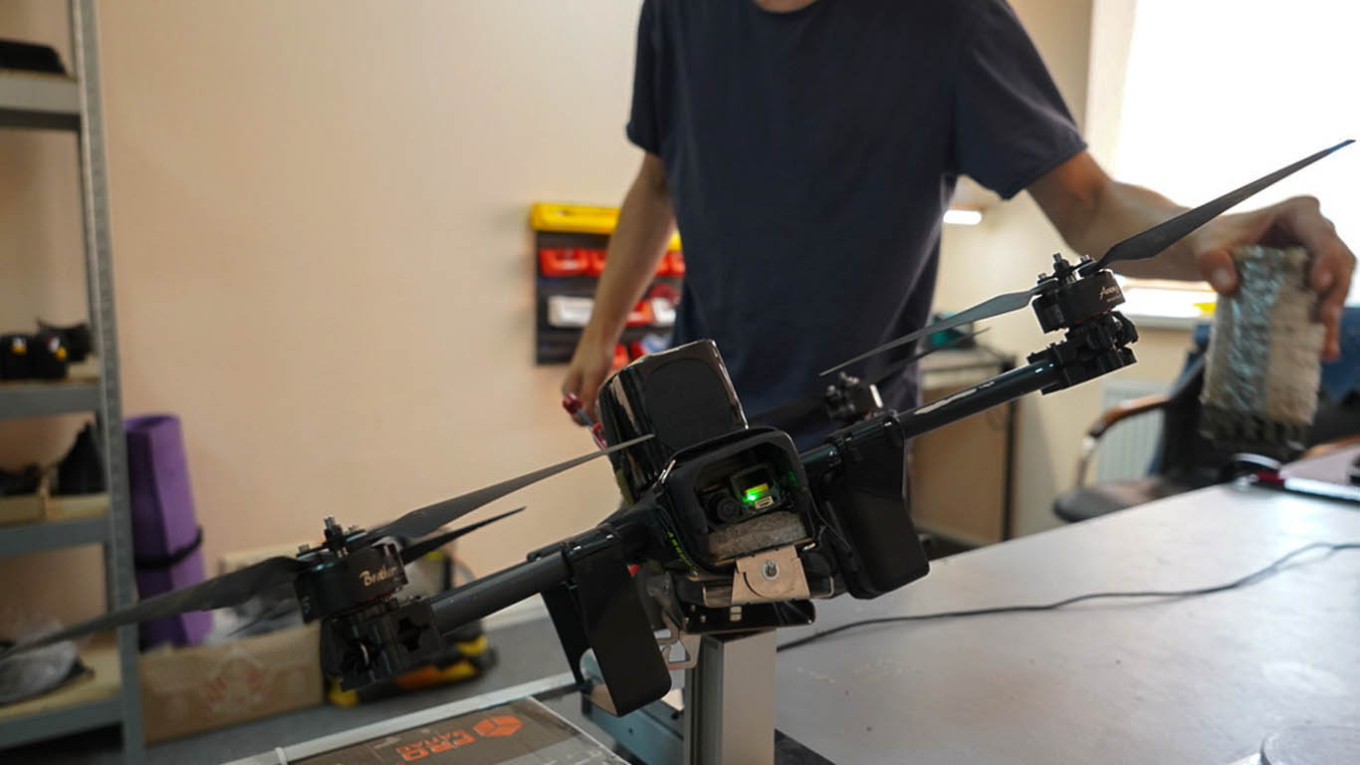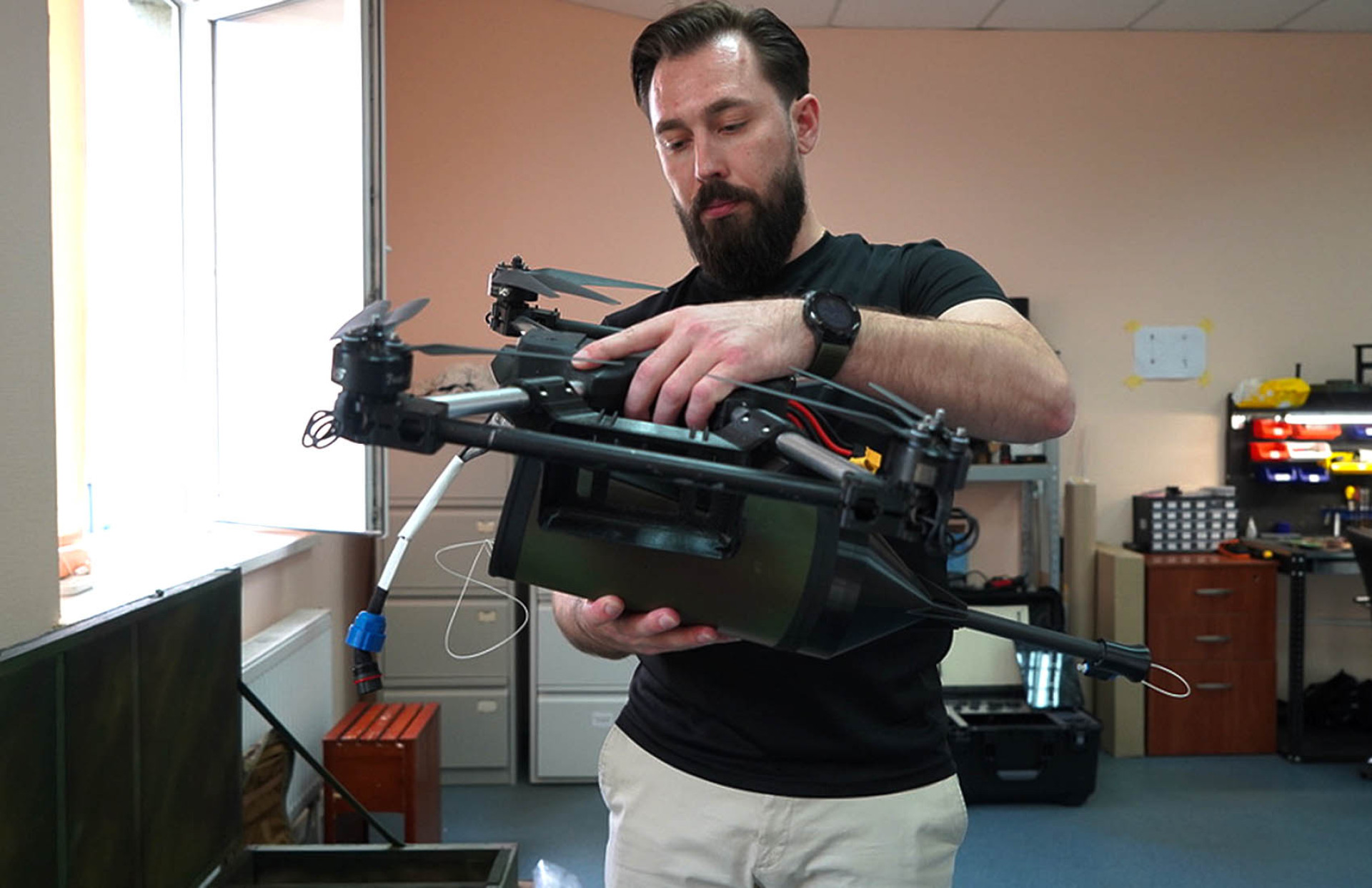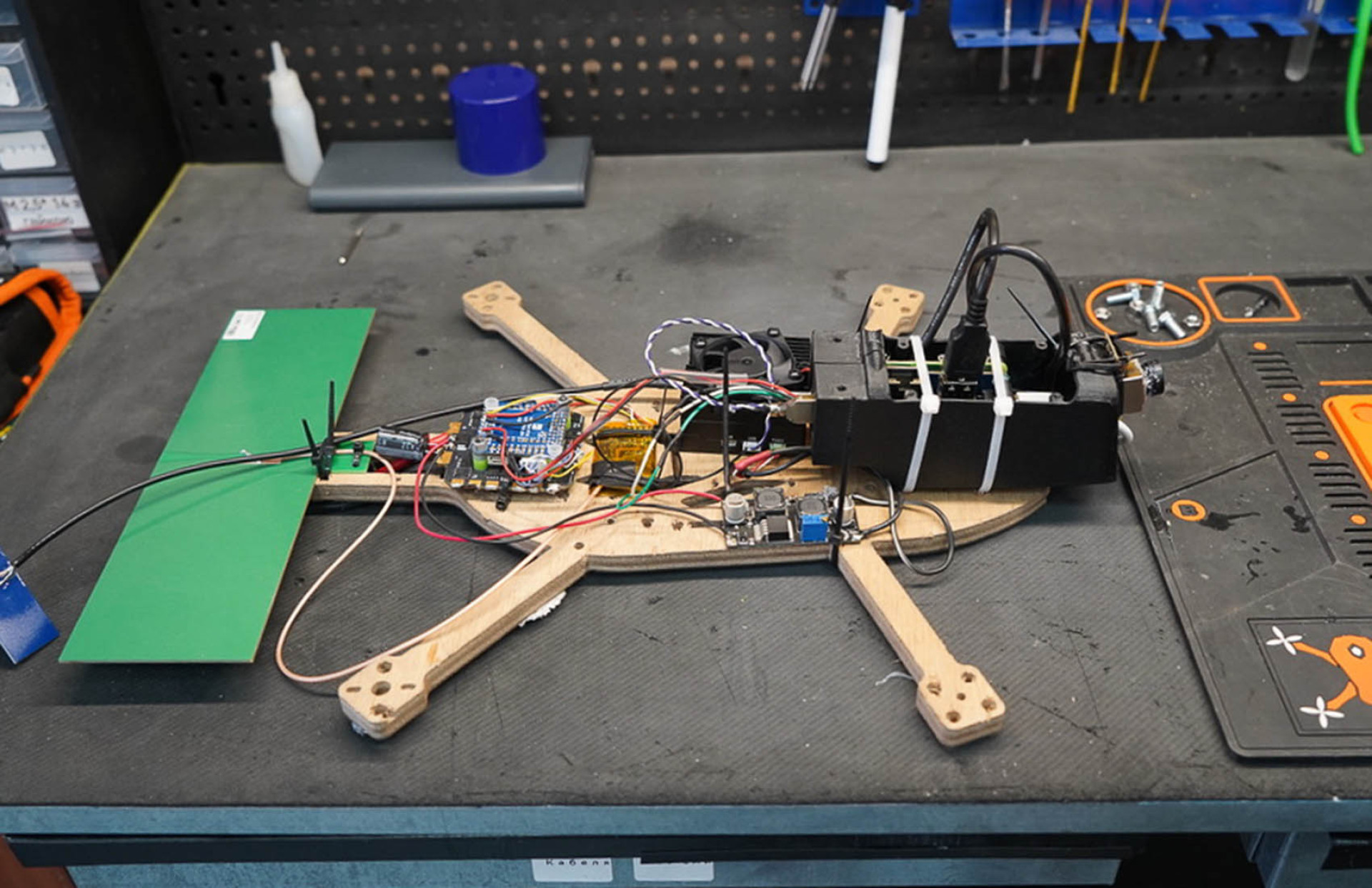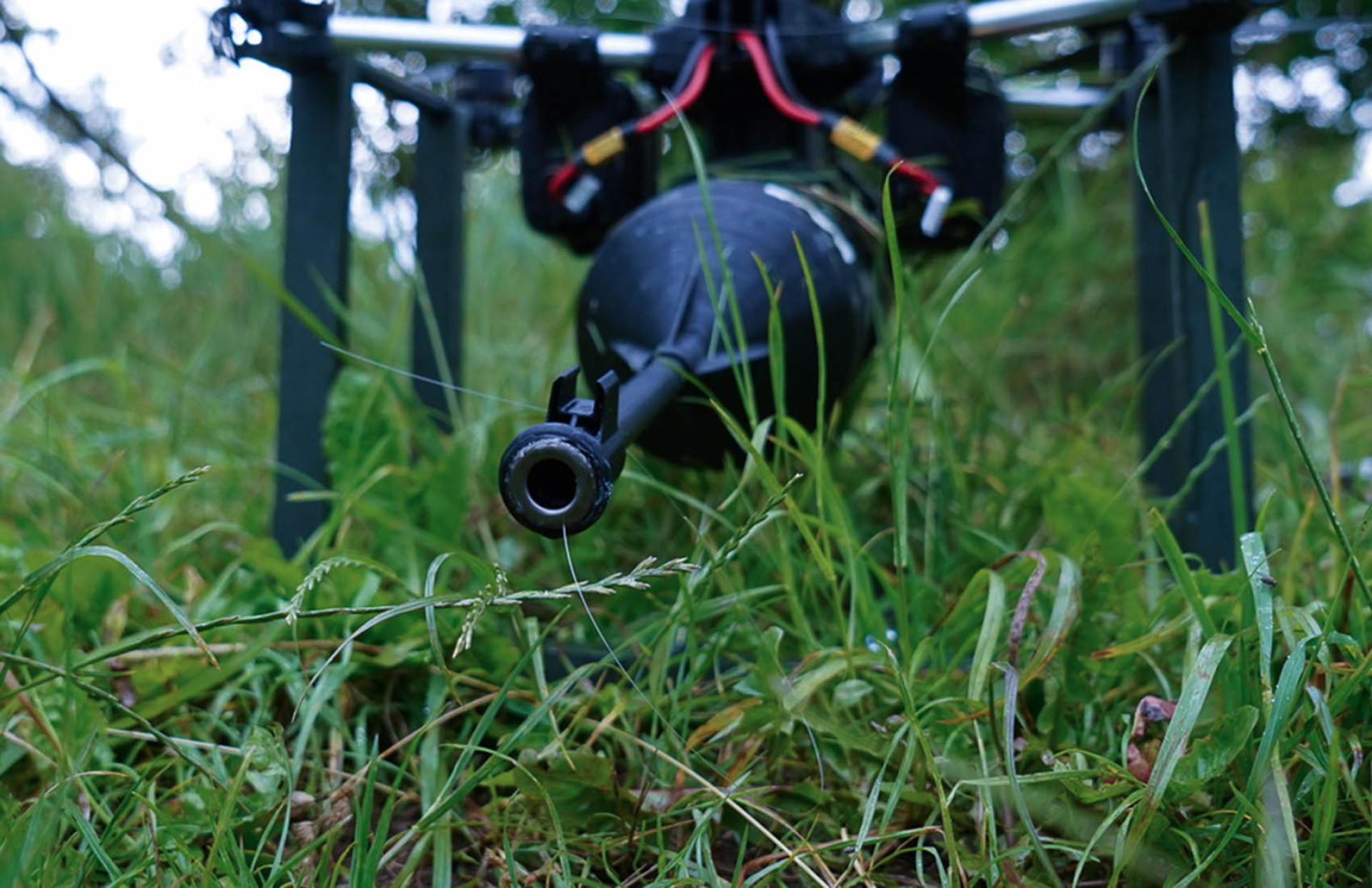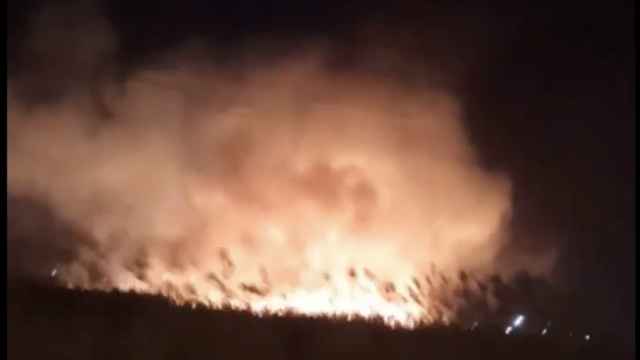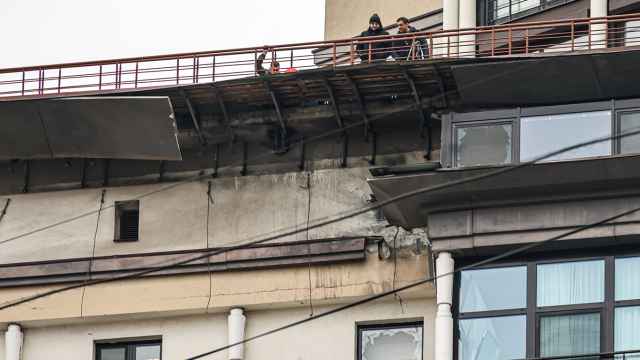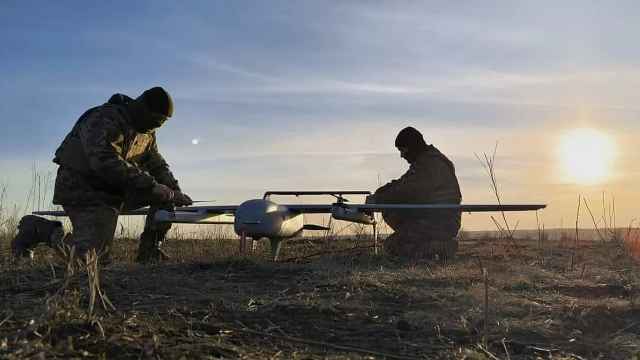Kyiv region, UKRAINE — In a forest in the Kyiv region, 35-year-old engineer Andriy Tchornim takes shelter under the trunk of a navy blue 4x4. Eyes locked on the screen of his joystick, he pays no attention to the torrential rain lashing his face in heavy gusts.
Barely audible over the wind, the sound of a drone can be heard. Around his face, tangled in his hair, a long thread barely visible to the naked eye gently coils around him. On the ground, it disappears into the grass, snagged in bushes, trees and weeds all around.
Tchornim, an engineer at the miltech company Technohawk, is field-testing for the first time the Shtorm, their new fiber-optic drone.
This new generation of drones, Tchornim explains, is revolutionizing the battlefield.
In 2024, in response to the growing drone threat, both warring parties invested heavily in electronic warfare systems. Now, the fiber-optic drone is on the verge of rendering that development obsolete.
“Thanks to a fiber-optic cable, which can extend up to 10-20 kilometers, we can maintain the connection between the drone and its pilot,” he explains.
“Having that connection makes the drone undetectable — and above all, completely invulnerable to any form of electronic warfare,” adds Volodymyr Makhitko, Technohawk’s chief engineer.
“As a result, we can strike enemy logistics with precision, without fear of being neutralized by the jamming systems currently used on the battlefield,” he says.
Originally from eastern Ukraine and a graduate in aerospace engineering, Makhitko does not hide his concern about this new technology.
Ukraine, long a pioneer in drone warfare, now finds itself outpaced by a Russian innovation.
Used on a large scale during Russia's counteroffensive against Ukrainian forces in the Kursk region, this technology helps explain Moscow's recent successes against Kyiv's troops in that part of the front, analysts say.
Since then, the Russian drone units deployed in Kursk have been reassigned to the Pokrovsk front, which accounts for 70% of all Russian assaults — raising fears in Ukraine that this technology will further strain the already fragile logistics between cities in the Donbas.
Technological lag and initial responses
Faced with the technological rise of the Russian army, Ukraine is trying to close the gap. On the ground, units are improvising.
In Pokrovsk, Captain Ihor Matviyishyn gives a blunt assessment: for now, no centralized production of fiber-optic drones has been implemented by the authorities in Kyiv.
The only fiber-optic drones we see on our side are built by the units themselves, he says. Only certain formations like Azov, Magyar or Achilles have them.
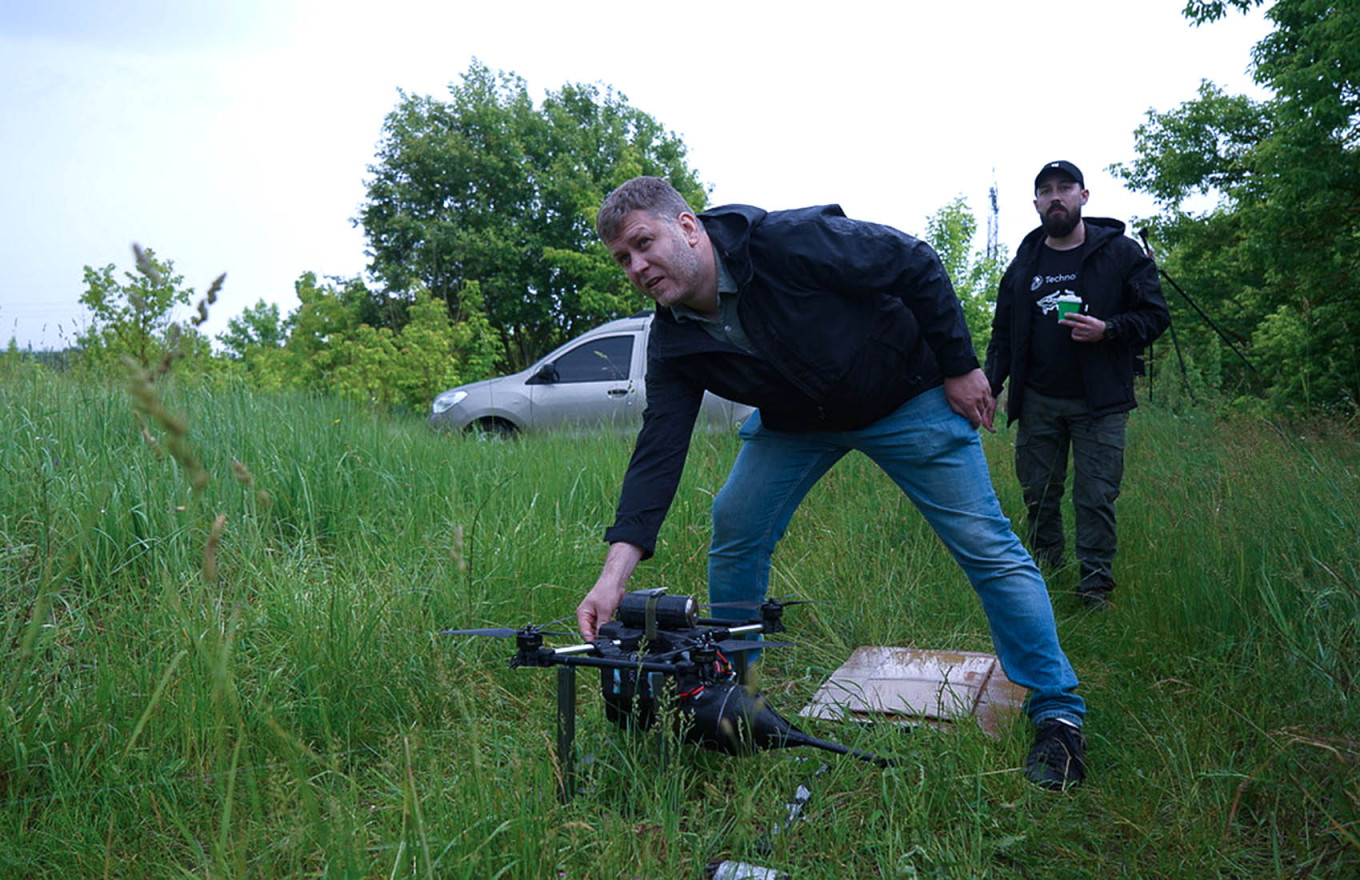
In his workshop on the outskirts of Kyiv, Makhitko expresses cautious optimism. He believes catching up is possible. At the pace we’re going, we can catch up within a few months, he explains, while keeping an eye on the 3D printers humming behind him. From a technical standpoint, the challenge is not insurmountable.
These drones are not a technological feat, says Technohawk CEO Viktor Zubenko.
The problem, Makhitko insists, lies more in the ability to scale up: as is often the case, it’s the ramping up of production that’s the issue, not the design.
Nevertheless, Zubenko points out that Ukrainian drones are generally of higher quality and hit their targets 80% of the time. The Russians, by comparison, only hit one in four.
Ukraine already has a well-established FPV ecosystem. But the industrialization of fiber-optic drones still depends on access to the cables necessary for their operation — components still mostly produced in China.
For now, fiber-optic spools are available on AliExpress, but the dependence on Chinese parts is becoming increasingly problematic.
Ukrainian manufacturers are therefore seeking to diversify their supplies, in a context where China is showing more and more support for Moscow, especially since Bloomberg reported that Beijing had ended drone exports to Ukraine and its allies while continuing to supply Russia.
To respond to this constraint, Ukraine’s Autonomous Systems Forces presented a new device at the end of February: the Silkworm, a locally designed modular fiber-optic spool. It can equip both FPV drones and unmanned ground vehicles, which also face communication problems on the battlefield.
“The challenge now is to structure this still-nascent production,” explains Zubenko, “but we’re using fewer and fewer Chinese spools. This is also a war of adaptation and innovation, and Ukraine must constantly readjust.”
Technical limitations and combat fragility
While this technology has allowed Russia to regain the upper hand in the drone war, typically dominated by the Ukrainians, the fiber-optic drone is not without its drawbacks. Makhitko has identified four.
First, the drone, equipped with a large canister that holds the fiber-optic cable unspooled during flight, is easily spotted on the battlefield. With a good shotgun, it can be easily shot down, explains Tchornim, the engineer.
Next, because of the canister, which can weigh up to 5 kilograms, the explosive payload must be reduced, which can limit its impact.
It’s also important to note that a fiber-optic drone is more difficult to maneuver than a small FPV drone, Zubenko insists.
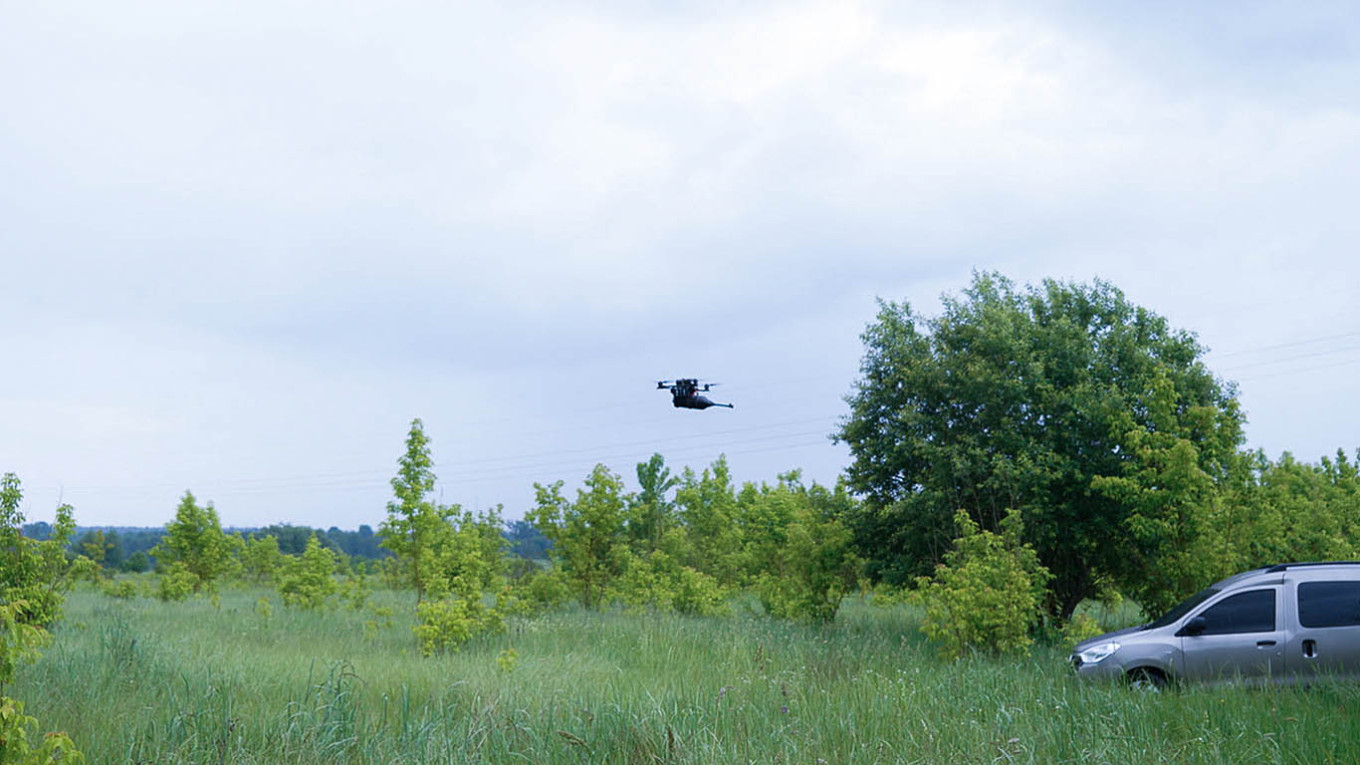
Finally, Makhitko says, the bundle of fiber-optic cables connecting some drones to their operator can make them easier to locate. Once detected, they become targets for counter-battery fire, forcing units to relocate frequently and reducing their effectiveness in the field.
Moreover, this type of drone is poorly suited to the wooded environs of Donbas, Kharkiv or Sumy, he continues. In the underbrush, the cable easily gets tangled in branches, and the fiber snaps like straw at the wrong angle. A single car — or even an animal — crossing its path is enough to break the connection.
Nevertheless, despite its limitations, Captain Matviyishyn is categorical: the fiber-optic drone will revolutionize the battlefield.
“These drones will never replace the entire arsenal, but there’s little doubt they will become a decisive weapon,” he says. “And the outcome of the war will depend, among other things, on our ability to develop our own industry while learning how to defend against them.”
A Message from The Moscow Times:
Dear readers,
We are facing unprecedented challenges. Russia's Prosecutor General's Office has designated The Moscow Times as an "undesirable" organization, criminalizing our work and putting our staff at risk of prosecution. This follows our earlier unjust labeling as a "foreign agent."
These actions are direct attempts to silence independent journalism in Russia. The authorities claim our work "discredits the decisions of the Russian leadership." We see things differently: we strive to provide accurate, unbiased reporting on Russia.
We, the journalists of The Moscow Times, refuse to be silenced. But to continue our work, we need your help.
Your support, no matter how small, makes a world of difference. If you can, please support us monthly starting from just $2. It's quick to set up, and every contribution makes a significant impact.
By supporting The Moscow Times, you're defending open, independent journalism in the face of repression. Thank you for standing with us.
Remind me later.



